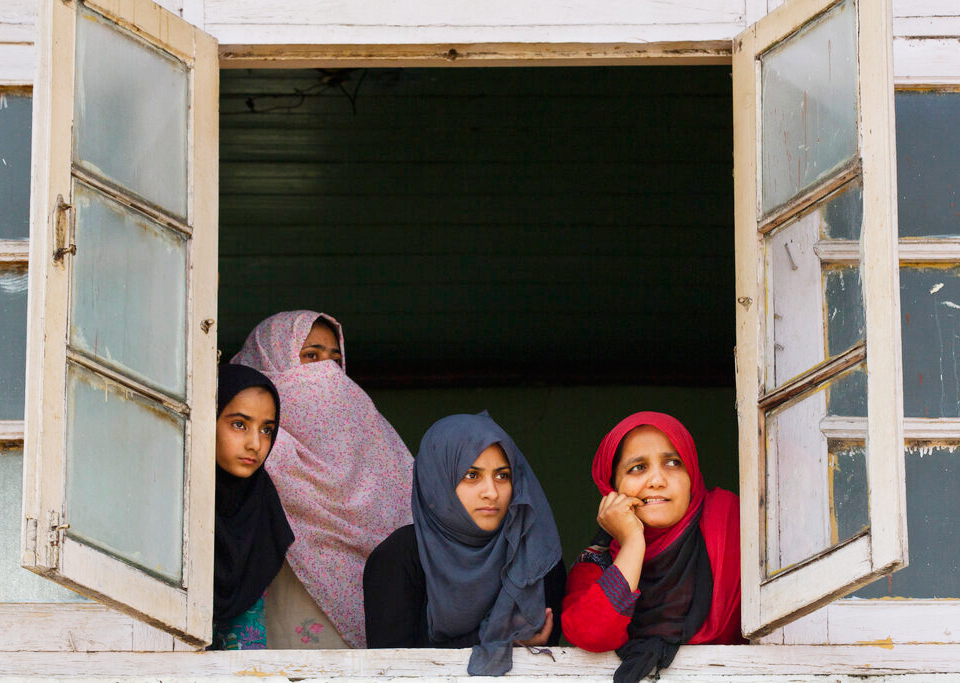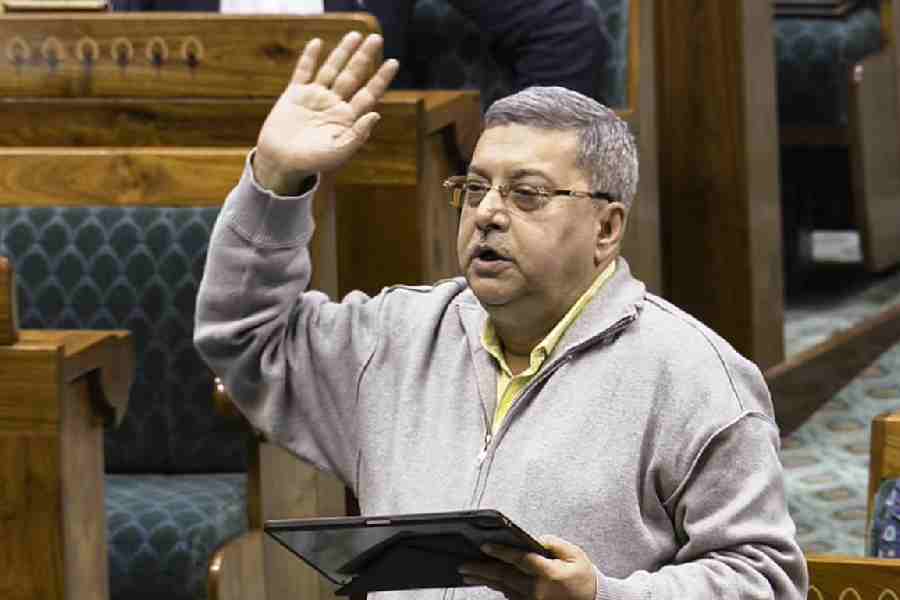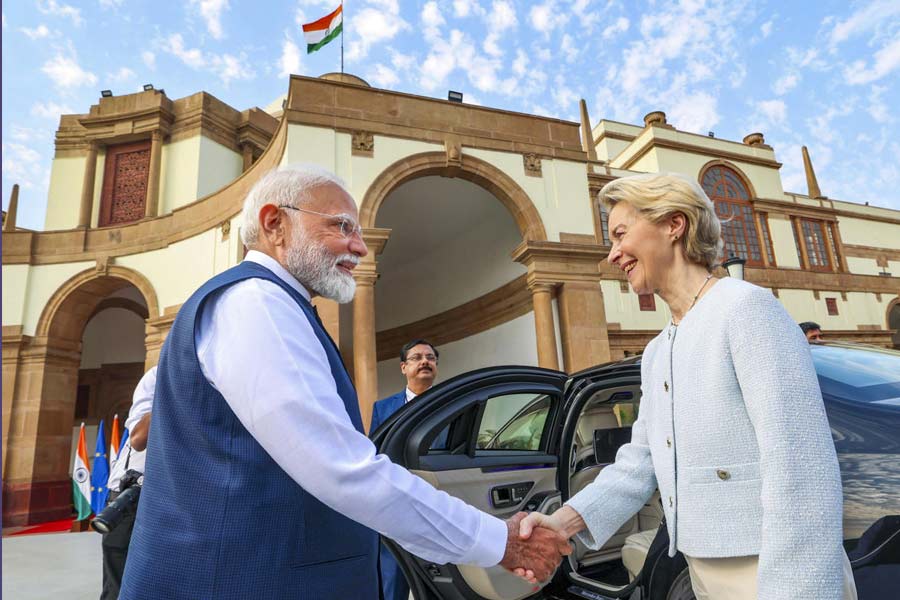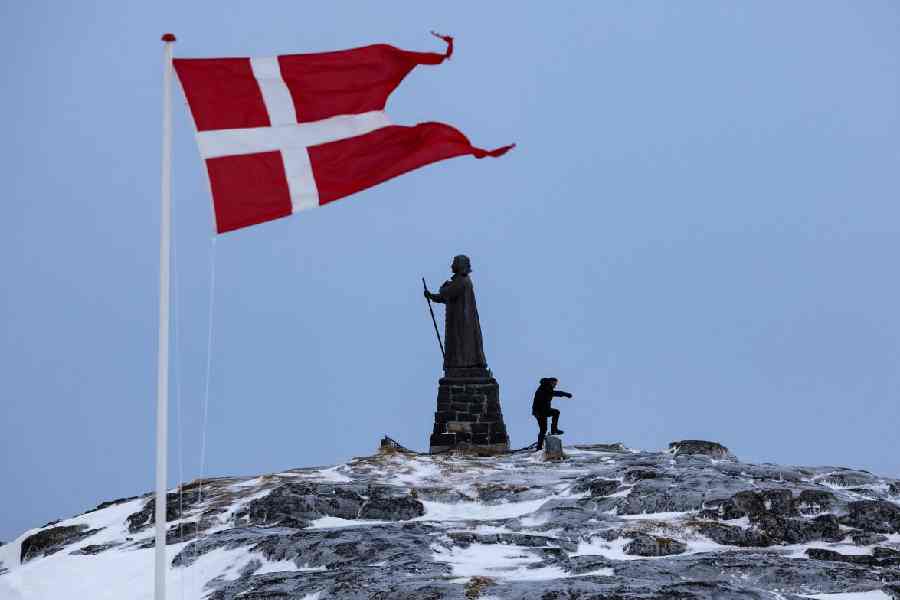On September 17, the minister for external affairs, S. Jaishankar, said the government hoped to one day have physical jurisdiction over ‘Pakistan-occupied Kashmir’ or Pakistan administered Jammu and Kashmir. At a press conference to mark 100 days of the Narendra Modi government, the minister said that “PoK is part of India and we expect one day we will have physical jurisdiction over it”. Several ministers have also upped the ante on this issue since the August 5 developments related to Jammu and Kashmir. Speaking in Mumbai, the home minister, Amit Shah, on September 22 blamed the former prime minister, Jawaharlal Nehru, for the formation of Pakistan-occupied Kashmir, and said it was because of the “untimely ceasefire” declared in 1947.
Beyond the legality of India’s claim over PAJK, it becomes important to clear some misconceptions about the facts linked to the region, which is called PoK by India and “Azad Jammu and Kashmir” by Pakistan. There is a need to avoid binaries to fully comprehend the history and prevailing realities of the region. (Not included in this piece is the Gilgit-Baltistan area, which was part of the undivided state of Jammu and Kashmir and is at present controlled by Pakistan, as the historical context and ethnographic realities of this area are slightly different from those of PAJK.)
In the ongoing debate on the issue, India’s first prime minister, Jawaharlal Nehru, has been held responsible for reneging on India’s legal claim over the region. The fact is that, at least diplomatically and legally, Nehru never gave up the claim over the region. In a letter to Josef Korbel, the chair of the United Nations Commission for India and Pakistan, on August 20, 1948, he wrote that once Pakistani troops and irregulars have withdrawn from the territory, which was one of the preconditions for a UN mandated plebiscite, “the responsibility for the administration of the evacuated areas should revert to the Government of Jammu & Kashmir and that for defence to us... (The only exception that we should be prepared to accept would be Gilgit.) We must be free to maintain garrisons at selected points in this area for the dual purpose of preventing the incursion of tribesmen, who obey no authority, and to guard the main trade routes from the State into Central Asia”.
Secondly, Pothwari-speaking PAJK, a language closer to Punjabi, is not a Kashmiri speaking area. The present Line of Control forms a natural ethnic and linguistic divide between the Kashmir valley and PAJK. The latter is an area inhabited by a population closer to neighbouring areas of the Punjab province of Pakistan and also the Jammu division of the state. A large number of ethnic and caste groups found in the neighbouring Punjab province of Pakistan, that is, Jats, Rajputs and Gujjars, can be found in southern PAJK’s Bhimber and Mirpur districts.
These facts become important as we understand the political and military compulsions that prevented the Indian army’s advance across the LoC in the last quarter of 1947 and 1948. Without going into the post-accession contested claims of events relating to Sheikh Abdullah’s infamous arrest on August 9, 1953, the Indian army’s quick and popular success in the Kashmir valley after the accession against the invaders, mostly of Pashtun ethnicity, was enabled by the ground support of Sheikh Abdullah and his National Conference cadre who had unquestioned popular support in the Kashmir valley by all independent accounts. Pinpointed information about the presence of raiders was provided by his cadre to the Indian army. Many have pointed out that this gave accession a moral basis, not just a legal one.
From time to time these facts have also been accepted sometimes in Pakistan. Pertinent in this connection is the remark by one of the Opposition leaders and former president, Asif Ali Zardari, in the Pakistani national Parliament, during the recent debate on Jammu and Kashmir. He implicitly stated that Kashmiris — read Kashmiri speaking — had rejected the two-nation theory of Mohammad Ali Jinnah. (He stated that Kashmiris would be regretting their decision of 1947.) Even foreign accounts support the conclusion that India’s military success in Kashmir valley attributed to a great deal to Sheikh Abdullah’s political support. In his 2009 book, The Limits of Influence: America’s Role in Kashmir, a former American diplomat to the region, Howard B. Schaffer, mentions that “India completely controlled the Kashmir Valley both militarily and, through Sheikh Abdullah, politically”.
In contrast, the realities in present-day PAJK were different and Sheikh Abdullah’s influence over this population was limited. Coupled with the invasion from the then North West Frontier Province, local Muslims from central PAJK, who had a large number of ex-servicemen in their ranks, had raised a rebellion against Jammu and Kashmir’s monarch, Hari Singh, for a host of reasons in 1947. This led to a quick collapse of the monarch’s forces and immediate de facto control over the territory by the Pakistani army.
In contrast to Kashmir valley, in PAJK, the Indian army was outnumbered by the Pakistani army and its supporters. This is clearly evidenced in the official document — History of Operations in Jammu & Kashmir (1947-48) — by the military historian, S.N. Prasad, cited by A.G. Noorani in a journal on August 30, 2019, who states, “The enemy (Pakistan) had in December 1948 two infantry divisions of the regular Pakistan Army, and one infantry division of the so-called Azad Kashmir army fighting in theatre. These comprised fourteen infantry brigades; or 23 infantry battalions of the Pakistan army and 40 infantry battalions of Azad Kashmir besides 19,000 Scouts and irregulars... Against this, the Indian army had in J&K only two infantry divisions, comprising twelve infantry brigades; a total of some 50 infantry battalions of the regular army and the Indian state forces, plus 12 battalions of the J&K (some with only two companies) and 2 battalions of the East Punjab militia.”
The area of PAJK is geographically adjacent to the main cities of Pakistan, Islamabad and Lahore, and intra-PAJK routes are better linked through the Pakistani mainland. It takes eight hours to travel the direct route between Mirpur and Muzaffarabad with PAJK, whereas passing through Islamabad cuts the travelling time by half. This is explained by the geography of the hilly region of PAJK.
Thirdly, it is true that there had been protests against the Pakistani ruling leadership in PAJK, including recent ones clamouring for independence. The Pakistani State arbitrarily dismissed the leadership of the region on various occasions. For instance, during the rule of Pakistan’s first military leader, Ayub Khan, the president of Azad Kashmir, K. Khurshid, a rare Kashmiri-speaking leader in the region and private secretary to Mohammad Ali Jinnah, the first governor-general of Pakistan, was forced to resign by a mid-level police official and later jailed when he started espousing pro-independent views in public.
At the same time, it is also a fact that most of the recent protests on the Jammu and Kashmir issue in front of Indian diplomatic assets, particularly the United Kingdom, are by the PAJK diaspora, claiming to be Kashmiris. Their migration has a history, as they settled in Britain by enrolling as seamen a century ago. The second wave of migration was after the construction of Mangla dam in the 1960s in Mirpur that displaced nearly 81,000 people. Migration has continued unabated and is widespread now across the PAJK, and is supported by familial connections. After the trouble in the Kashmir valley in 1989, the Kashmir Muslim insurgents had also relied on the Mirpuri diaspora for material support. Again, the political aspirations within diaspora are not unidimensional, as there is also a support for the idea of independence of the state owing to “institutional and constitutional domination by Pakistan”.
In the face of these facts, with a renewed attention on the region, a binary narrative should make way for a more nuanced and granular understanding of the facts relating to the region which are grounded in the prevailing socio-political realities of the region, including a complicated constitutional relationship with Pakistan, geographic realities, history and a diverse set of aspirations of the PAJK diaspora.
The writer is the author of Across the LoC: Inside Pakistan-administered Jammu and Kashmir













